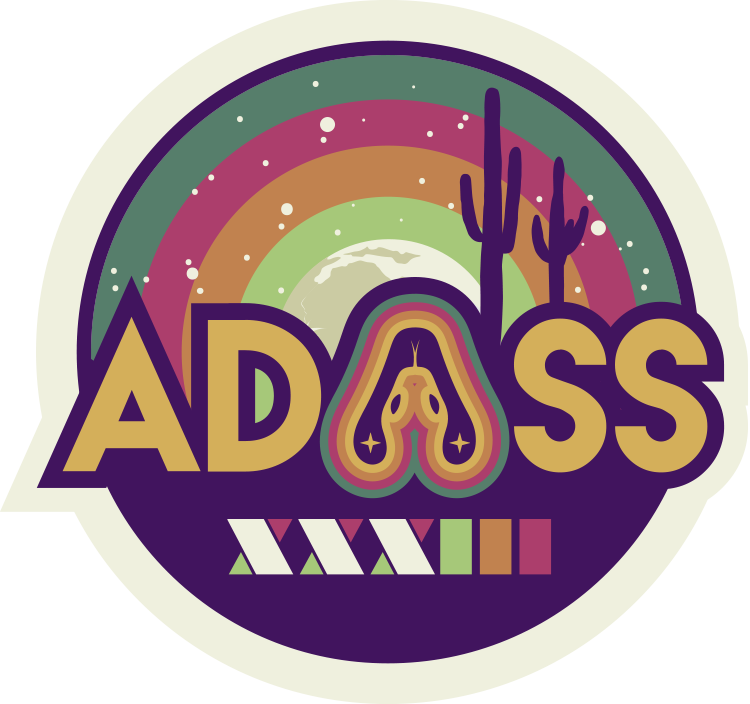Monday Plenary 1: Contributed talk
When
Where
Theme: Science with data archives: challenges in multi-wavelength and time domain data analysis
pretalx
The European Space Agency (ESA) is currently operating two revolutionary sky-mapping missions: Gaia, launched in 2013, to map more than a billion stars in our Milky Way in three dimensions to study its structure, dynamics, and evolution, and Euclid, launched mid-2023, to map billions of galaxies across the Universe in three dimensions to study the growth of structure under the influence of dark energy and dark matter. The ESAC Science Data Centre (ESDC) hosts the science archives of both missions. Upcoming major milestones are Euclid’s first “quick data release” (Q1), towards the end of 2024, and Gaia’s fourth data release (DR4), not before the end of 2025. This presentation introduces both sky surveyors, their science cases, their archive systems, and their data products, which include epoch astrometry, epoch photometry, and epoch spectra in the case of Gaia, and pixel images, spectra, and catalogues in the case of Euclid. ESA is developing novel and interoperable, IVOA-compliant user interfaces to access these massive, petabyte-level data sets, including web GUIs, Python Astroquery modules, bulk-download repositories, and ESA Datalabs modules allowing users to bring their code to the data.



